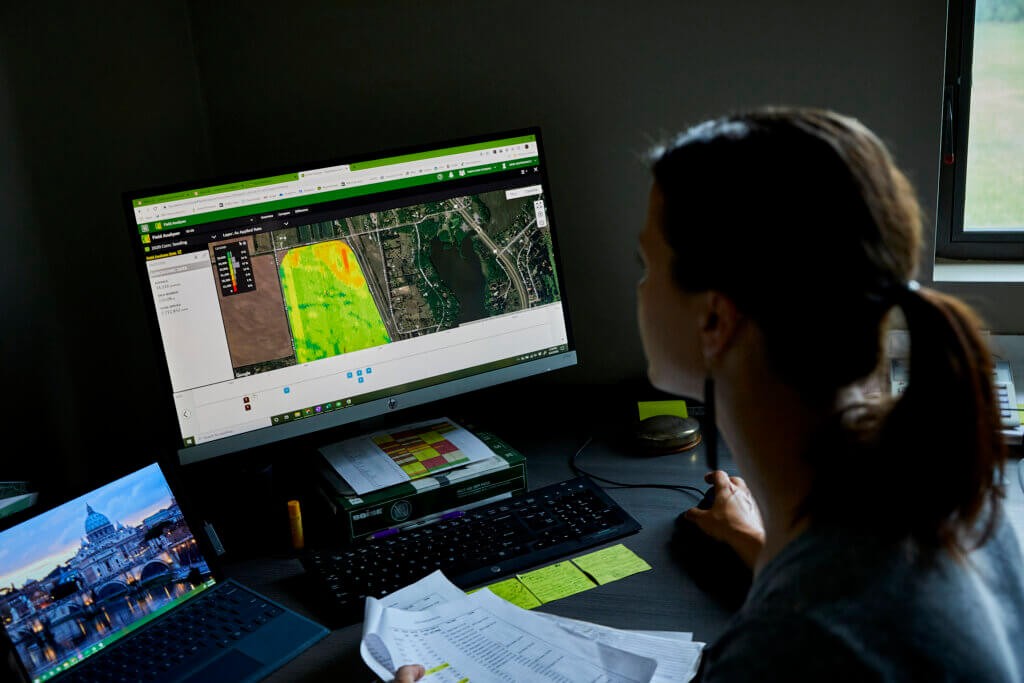Increasing precision in irrigation management
Lead Researcher: Vasudha Sharma, Irrigation Specialist at the University of Minnesota’s Department of Soil, Water and Climate

Increased precision will help farmers better track water and nutrient needs across their fields.
Sharma’s research aims to help farmers improve the accuracy of the tools they use for irrigation management – from the timing to volume.
Sharma is testing and comparing two dimensions of irrigation: improving the accuracy of models that help farmers schedule irrigation, and also testing the relative quality and utility of different moisture sensing equipment. In addition, she is looking at how different methods of scheduling irrigation prevent the wasting of water, and how they can reduce the leaching of nitrates out of the farm field.
The Irrigation Management Assistant Tool is an online irrigation scheduling tool developed in 2015 for use in Otter Tail, Becker, Wadena, Hubbard, and Todd Counties. It takes data like temperature, humidity, winds, solar radiation and rainfall amounts from 12 weather stations in those counties. Sharma is testing the accuracy of the tool and refining it with more data in the hopes of expanding it and making it available anywhere in Minnesota where farmers irrigate.
Her research compares the Irrigation Management Assistant Tool with the more traditional “Checkbook Method,” which tallies moisture in, versus moisture taken up by the crops, in order to estimate irrigation need. Both tools are water balance models that usually don’t require in-field moisture monitoring. They use weather and crop data to come up with their recommendations.
Sharma compares these two modeling methods to direct moisture sensing. She is looking at the range of equipment available, from the economical Watermark sensors to the more accurate and costly Acclima TDR sensors, to help producers make choices based on their needs.
The data from Sharma’s research is also being incorporated in a more comprehensive planning tool called Environmental Policy Integrated Climate (EPIC) computer model. University of Minnesota Professor David Mulla and his team are working on making this model more accurate by incorporating Sharma’s research data into the model. This model will help accurately quantify crop water consumption and nitrate-leaching losses from agricultural fields on regional scales.

